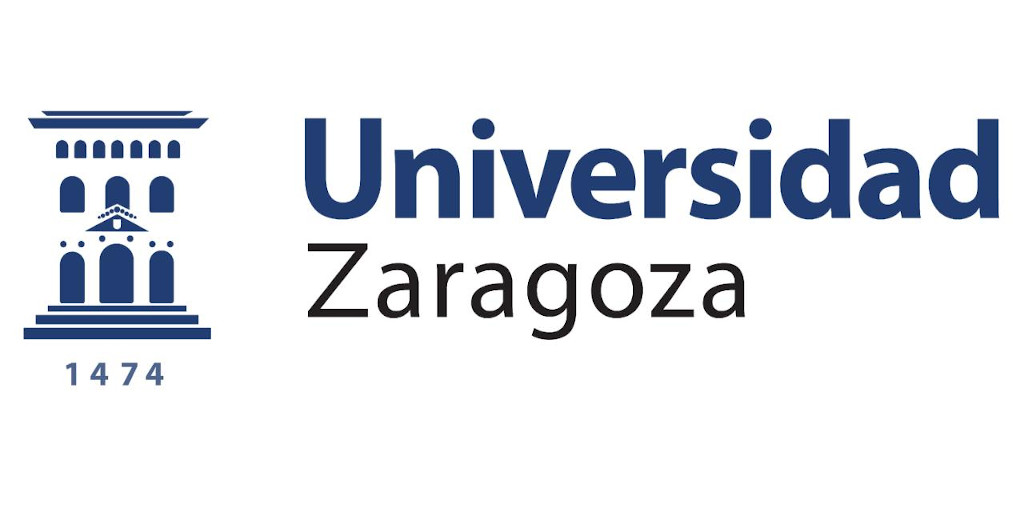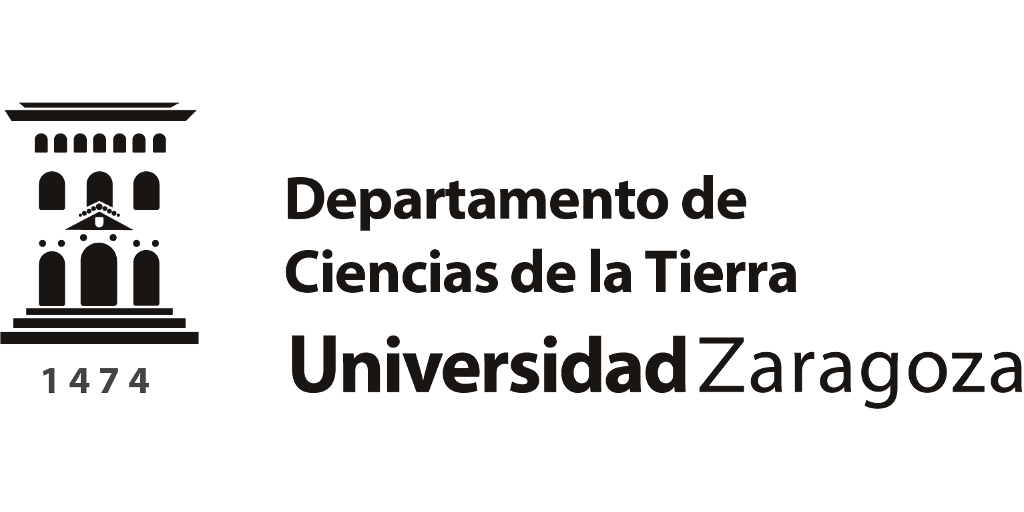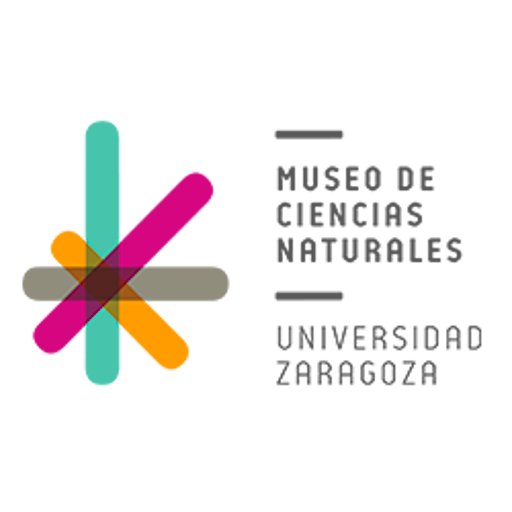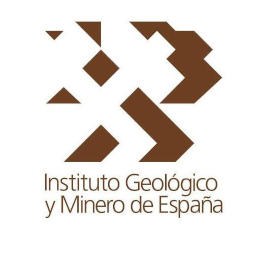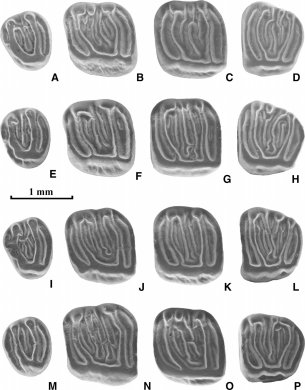El Aragoniense es un piso continental del Mioceno dedicado a Aragón. La razón es que en las cercanías de Daroca, Villafeliche etc., afloran unas rocas con una extraordinaria riqueza en fósiles de vertebrados del Mioceno Medio. De esta manera se pueden conocer muy bien la sucesión de mamíferos que vivieron en esta parte de la Península Ibérica en el Mioceno Medio. Por esta razón, a ese intervalo del Terciario se le ha dedicado el nombre de Aragón (Aragoniense). Uno de los vertebrados más interesantes para poder correlaciones con otras partes de Europa son los roedores. La datación de las rocas continentales de esta edad se realiza fundamentalmente con estos pequeños mamíferos. En este contexto resulta de gran interés conocer su biodiversidad y como van sucediéndose temporalmente.
Microdyromys remmerti pertenece a los glíridos. En la actualidad pertenecen a esta familia los populares lirones, que abundan en nuestros bosques. Sus dientes son característicos al presentar una morfología singular formada por crestas longitudinales y paralelas entre sí. Como se puede ver en la fotografía les faltan las cúspides puntiagudas típicas de muchos dientes de mamíferos. El nuevo taxón está representado por docenas de dientes, de todas las posiciones dentales. El yacimiento de donde se han recuperado es Vargas 7 de la localidad zaragozana de Villafeliche. El material se encuentra depositado en el Museo de Ciencias Naturales de Madrid.
La referencia completa es: García-Paredes, I., Peláez-Campomanes, P., Álvarez-Sierra, M.A. 2011. Microdyromys remmerti, sp. nov., a new gliridae (Rodentia, Mammalia) from the Aragonian type area (Miocene, Calatayud-Montalbán Basin, Spain). Journal of Vertebrate Paleontology, 30,5, 1595-1609.
Os adjuntamos el resumen del trabajo: A new species of Gliridae (Rodentia, Mammalia), Microdyromys remmerti, sp. nov., from the Aragonian type area in the Calatayud-Montalb´an basin (Miocene, Spain) is described. This species is characterized by combining a relatively large size and a moderately complicated to very complicated and irregular dental morphology. It has a wide and continuous range of morphological variation with intermediate forms filling all the range. In the studied localities, M. remmerti, sp. nov., displays a general increase in the complexity of the dental pattern through time, showing a unique pattern of addition of extra ridges in the lower molars. Comparisons with morphologically similar species are discussed; a taxonomical and nomenclatorial issue regarding two named species of the genus is clarified. The combination of the morphometrical features that characterize M. remmerti, sp. nov., have never been found in any other glirid material outside the Calatayud-Montalbán basin, thus reinforcing the idea of the endemic character of the Gliridae faunas from the Iberian Miocene. Microdyromys koenigswaldi is proposed as most probable ancestor of M. remmerti, sp. nov. The divergent evolution of the latter species is discussed in its paleoecological context. The functional consequences of this morphological divergence could be related also with the opening of new ecological niches during the middle Aragonian (Middle Miocene).
Microdyromys remmerti pertenece a los glíridos. En la actualidad pertenecen a esta familia los populares lirones, que abundan en nuestros bosques. Sus dientes son característicos al presentar una morfología singular formada por crestas longitudinales y paralelas entre sí. Como se puede ver en la fotografía les faltan las cúspides puntiagudas típicas de muchos dientes de mamíferos. El nuevo taxón está representado por docenas de dientes, de todas las posiciones dentales. El yacimiento de donde se han recuperado es Vargas 7 de la localidad zaragozana de Villafeliche. El material se encuentra depositado en el Museo de Ciencias Naturales de Madrid.
La referencia completa es: García-Paredes, I., Peláez-Campomanes, P., Álvarez-Sierra, M.A. 2011. Microdyromys remmerti, sp. nov., a new gliridae (Rodentia, Mammalia) from the Aragonian type area (Miocene, Calatayud-Montalbán Basin, Spain). Journal of Vertebrate Paleontology, 30,5, 1595-1609.
Os adjuntamos el resumen del trabajo: A new species of Gliridae (Rodentia, Mammalia), Microdyromys remmerti, sp. nov., from the Aragonian type area in the Calatayud-Montalb´an basin (Miocene, Spain) is described. This species is characterized by combining a relatively large size and a moderately complicated to very complicated and irregular dental morphology. It has a wide and continuous range of morphological variation with intermediate forms filling all the range. In the studied localities, M. remmerti, sp. nov., displays a general increase in the complexity of the dental pattern through time, showing a unique pattern of addition of extra ridges in the lower molars. Comparisons with morphologically similar species are discussed; a taxonomical and nomenclatorial issue regarding two named species of the genus is clarified. The combination of the morphometrical features that characterize M. remmerti, sp. nov., have never been found in any other glirid material outside the Calatayud-Montalbán basin, thus reinforcing the idea of the endemic character of the Gliridae faunas from the Iberian Miocene. Microdyromys koenigswaldi is proposed as most probable ancestor of M. remmerti, sp. nov. The divergent evolution of the latter species is discussed in its paleoecological context. The functional consequences of this morphological divergence could be related also with the opening of new ecological niches during the middle Aragonian (Middle Miocene).
LUGAR Villafeliche, Zaragoza

